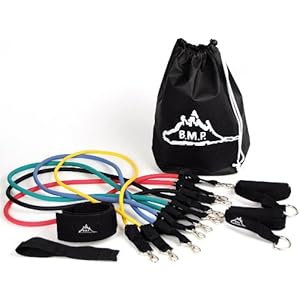Re: Ketogenic Diet - Path To Transformation?
I experienced the same thing. Felt just too weak to ride my bike into town. That did change after a while. I feel more energetic and I also feel better after cycling into town and back home again (about forty minutes in total). It does help when it is not windy. ;)
I have been pretty strict with regard to protein. And almost never exceed the 25 grammes, unless I forget, which is hardly ever anymore. But I am still hungry after 25 grammes. I have this lovely sheep sausage (about 350 grammes) which I cut in half and eat during breakfast and lunch. I have started drinking one cup of coffee a day in the morning with three tablespoons of ghee. That helps, but only for a while. And I will stop drinking coffee, because I can feel my blood sugar rising and it is not pleasant.
It could be that I still suffer from cravings and/or because I am a home-maker and move around quite a bit. I will see what happens when I cut down all the carbs. Yesterday I had one or two teaspoons of dessert and the xylitol had me reeling. I love the taste, but not its effect on me.
What I meant to ask: 25 grammes of protein for each meal. Do they mean raw or cooked? Because the difference between raw and cooked meat is considerable?
Carlise said:The issue I'm having is not making any strength gains. I lift the same amount with the same difficulty every week for most exercises. I feel my general fitness is just not as good as it used to be even while eating pasta, milk, protein shakes etc. I am not as strong as I was back when I was eating this stuff, and it feels like more of an effort in general to just ride to work or into town.
I will continue with low protein for more weeks and see if things stabalise. Only in the past few days I realised I was still eating well over 40g of protein at breakfast, which made me hungry by 11am and without much energy all day. I've reduced the breakfast protein to around 25g and I feel much better and virtually not hungry throughout the day. I can certainly confirm Laura's comments about more protein making you more hungry, this is something I have observed time and time again.
I experienced the same thing. Felt just too weak to ride my bike into town. That did change after a while. I feel more energetic and I also feel better after cycling into town and back home again (about forty minutes in total). It does help when it is not windy. ;)
I have been pretty strict with regard to protein. And almost never exceed the 25 grammes, unless I forget, which is hardly ever anymore. But I am still hungry after 25 grammes. I have this lovely sheep sausage (about 350 grammes) which I cut in half and eat during breakfast and lunch. I have started drinking one cup of coffee a day in the morning with three tablespoons of ghee. That helps, but only for a while. And I will stop drinking coffee, because I can feel my blood sugar rising and it is not pleasant.
It could be that I still suffer from cravings and/or because I am a home-maker and move around quite a bit. I will see what happens when I cut down all the carbs. Yesterday I had one or two teaspoons of dessert and the xylitol had me reeling. I love the taste, but not its effect on me.
What I meant to ask: 25 grammes of protein for each meal. Do they mean raw or cooked? Because the difference between raw and cooked meat is considerable?





 . I didn't even like them that much.
. I didn't even like them that much.